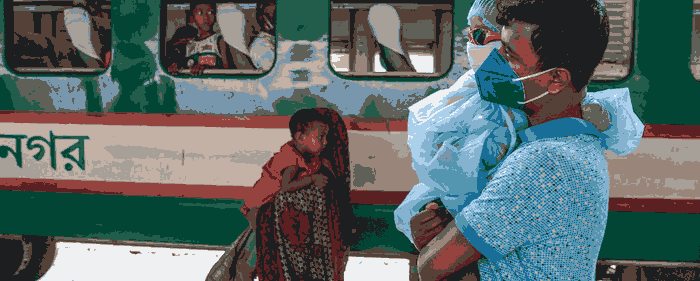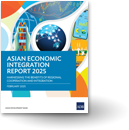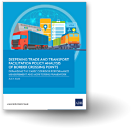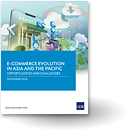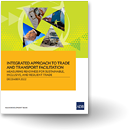For Pandemic Relief in South Asia, Look to the Diasporas
Millions of South Asians live outside their home countries. They could be key to region’s pandemic recovery.
The pandemic has created unprecedented economic difficulties globally. The countries in South Asia are among the most affected. South Asia’s GDP contracted by 5.6% in 2020.
Governments and development organizations have responded but more is needed. One option may be turning to the people who have special attachments to the country – their diaspora, or what governments refer to as “non-residents” who have migrated overseas.
More than 25 million South Asian people are estimated to live outside of their home country with the majority of them being migrant workers in the US, Europe, Middle East, and other countries.
South Asian governments already have investment instruments targeting non-residents in place. The Bangladesh government offers the US dollar investment bonds and premium bonds, which target Bangladeshi nationals and foreign nationals with Bangladeshi origin residing abroad.
The Nepal government offers foreign employment bonds for Nepali citizens working in foreign countries. The Sri Lanka government sells Sri Lanka development bonds targeting Sri Lankan citizens residing outside of Sri Lanka, including those who have dual citizenship.
However, it appears those instruments have so far attracted moderate level of investment from diasporas. It is estimated treasury bonds held by Bangladeshi non-residents is Tk230 million (about $2.68 million). Nepal’s foreign employment bonds were constantly undersubscribed. Between 2009-2020, NRs13.5 billion (about $113 million) worth of bonds were offered in 22 issues, but only NRs0.68 billion (about $5.7 million) were sold.
On the other hand, India has had remarkable success in issuing diaspora bonds. India raised $11.3 billion between 1991 and 2000 in three issues: India Development Bonds ($1.6 billion); Resurgent India Bonds ($4.2 billion); and India Millennium Deposit ($5.5 billion). Those are US dollar-denominated government savings bonds with the maturity of 5 years and fixed interest rate of 5% upon maturity.
The bonds were not sold as registered securities but distributed through international intermediaries accredited by the State Bank of India. The primary reasons for issuing these bonds were the international sanctions and balance-of-payment crises in India at that time.
More than 25 million South Asian people are estimated to live outside of their home country with the majority of them being migrant workers in the US, Europe, Middle East, and other countries.
How can other South Asian governments follow this example?
First, political stability and a favorable macroeconomic environment are prerequisites in issuing diaspora bonds. Diasporas, despite their familiarity with the country, still need to feel confident in investing in the country.
Second, there should be a strong judicial system, enforcement mechanism, and transparency in contract execution. Often diasporas wish to know how their investment proceeds are used and the government should be ready to disclose such information.
Third, governments should gather information on diasporas and actively reach out to them. Many diasporas do not know about investment opportunities in their home countries, or the governments have little knowledge on how to approach them. Some countries have diaspora outreach programs through their embassies.
Lastly, governments may seek support from international development organizations to help them structure diaspora investment instruments. For example, the African Development Bank launched a Migration and Development Fund in 2009 to help countries develop investment products and promote investments from African diasporas.
Not only technical support, but international development organizations such as ADB may also be able to help governments by providing credit enhancement support to mitigate credit risks for diaspora investors. One example is the Word Bank’s $400 million partial guarantee for Ghana’s 2030 sovereign Eurobond issue in 2015, which enabled the country to access international bond market during a very challenging economic environment.
The millions of South Asians living outside their home countries have always been an asset for their homelands, but during the pandemic they are needed more than ever.
Original article was published at the Asian Development Blog and duplicated here with permission from the author. *